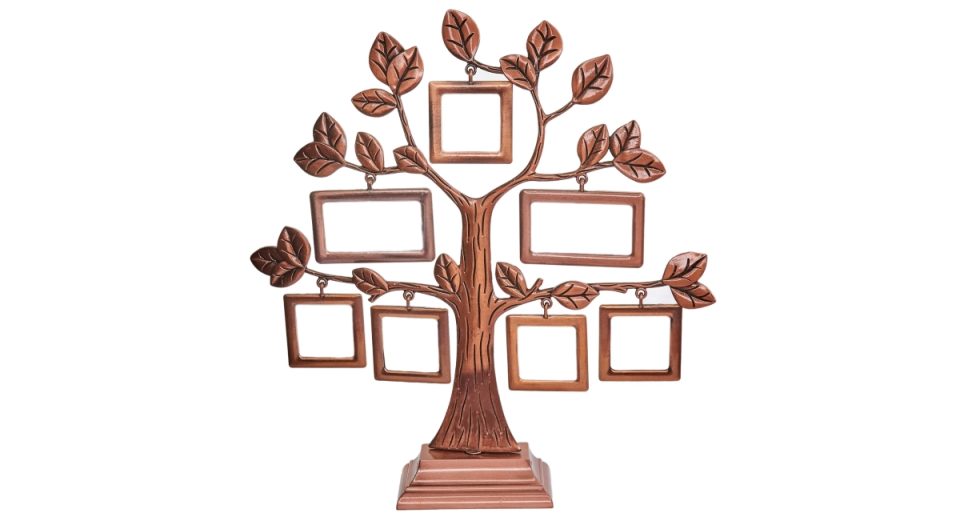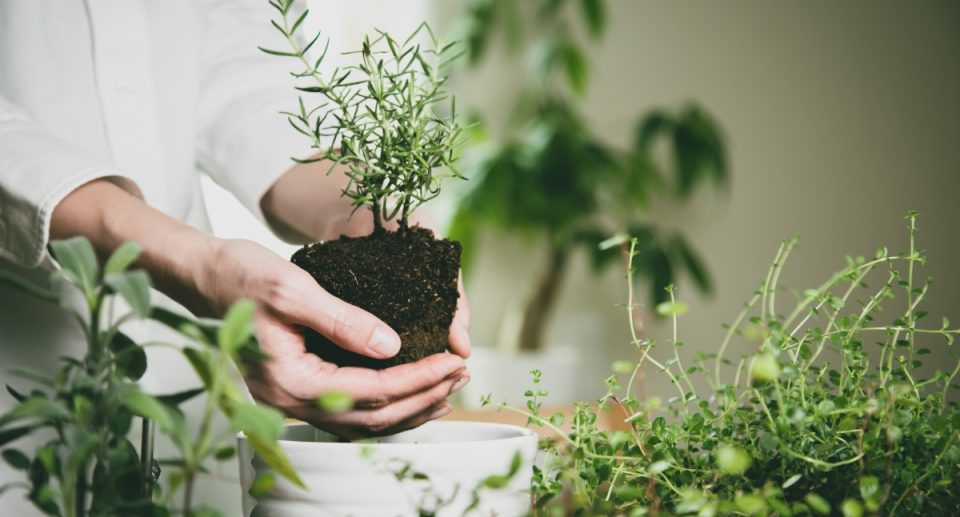
Growing your herbs indoors can be a rewarding and practical way to enjoy fresh ingredients all year round. Whether you’re a seasoned gardener or new to indoor plants, cultivating herbs inside your home is an enjoyable, low-maintenance hobby that adds flavor to your meals and beauty to your living space.
For seniors, growing herbs indoors offers more than just culinary benefits. It’s a relaxing and therapeutic activity that encourages mindfulness, provides a sense of accomplishment, and connects with nature. In this guide, we’ll explore how to grow your favorite herbs indoors easily, from selecting the right plants to providing proper care.
Why Grow Herbs Indoors?
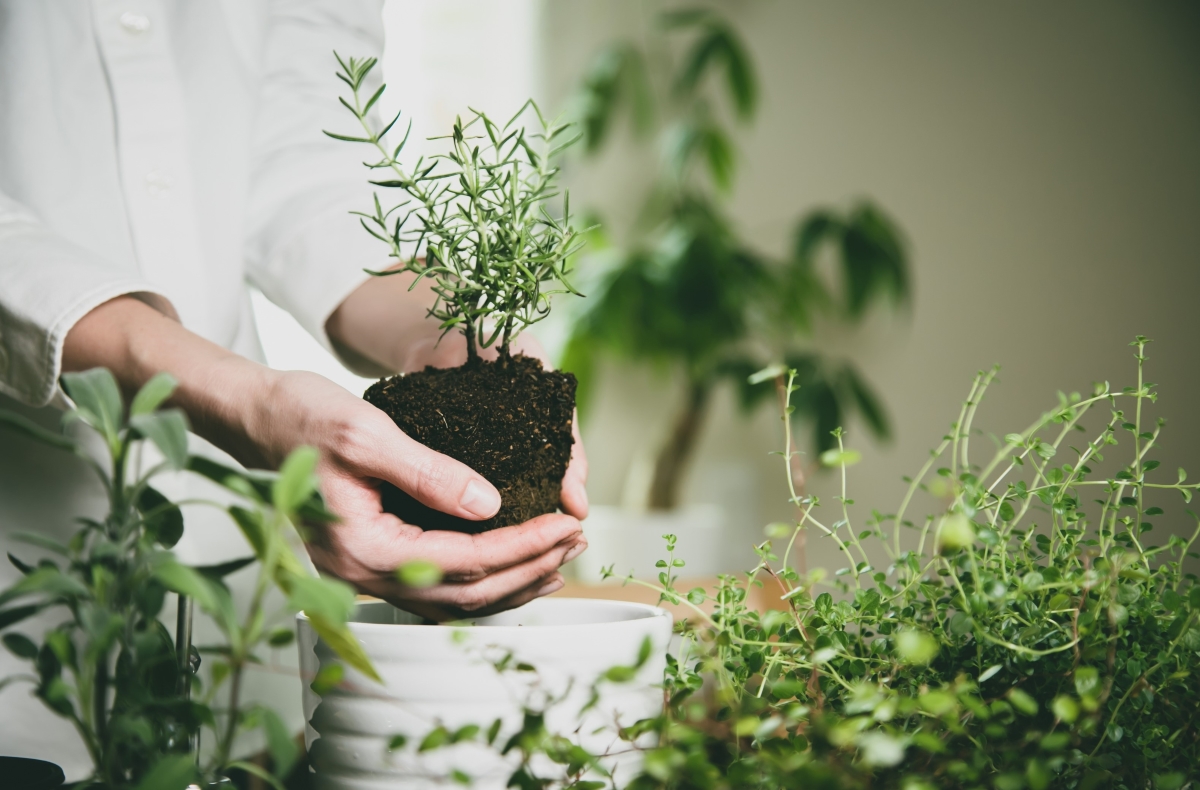
Indoor herb gardening has numerous advantages. Here are a few reasons why you might want to start your herb garden:
- Accessibility: No need to bend or kneel outdoors—herbs can be grown on a windowsill or countertop, making them easy to reach.
- Fresh Flavors: Imagine cooking with fresh basil, rosemary, or mint picked right from your kitchen. The flavor of home-grown herbs is unbeatable.
- Cost-Effective: Instead of buying expensive fresh herbs from the store, you can grow them yourself with minimal investment.
- Therapeutic Activity: Gardening is a calming activity that promotes relaxation, reduces stress, and keeps your mind engaged.
Choosing the Right Herbs to Grow Indoors
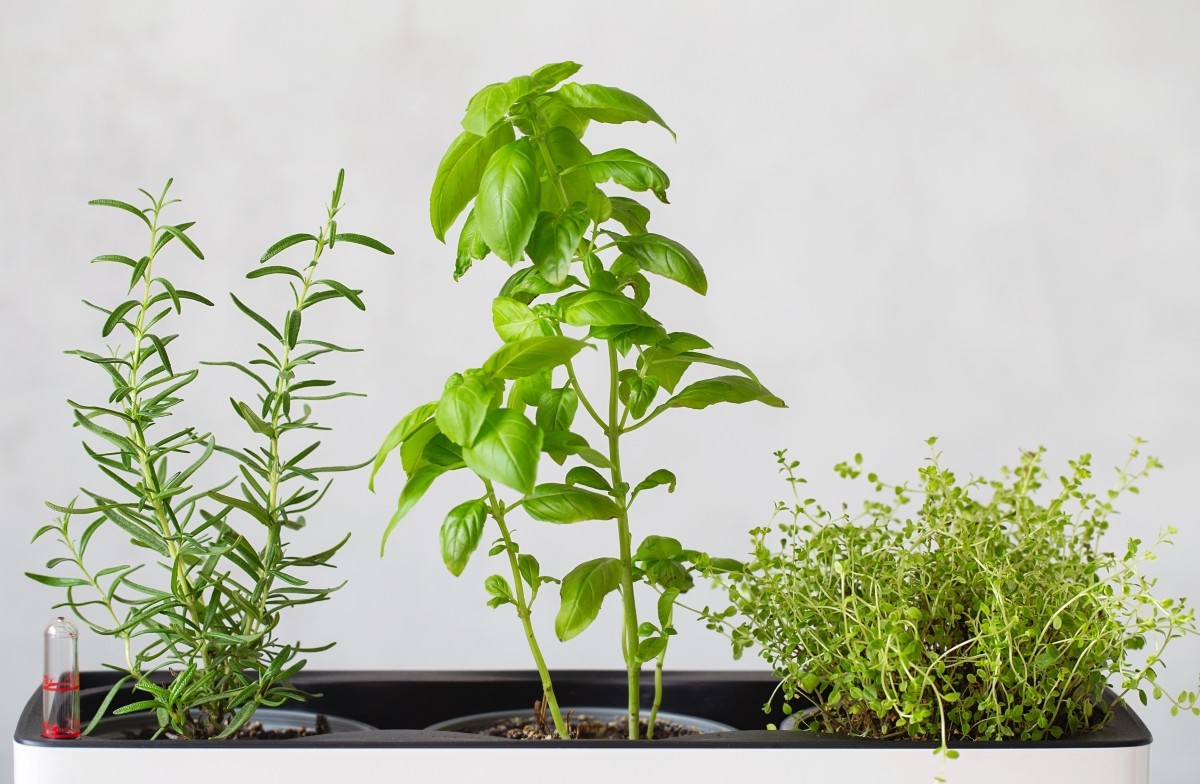
Some herbs thrive better indoors than others, especially those that don’t require as much sunlight. Below are some of the easiest herbs to grow indoors:
- Basil: Perfect for salads, pasta, and pesto, basil grows quickly and loves sunny spots.
- Mint: This hardy herb is great for teas and desserts. It grows well in lower light and can be very forgiving.
- Thyme: With its earthy, peppery flavor, thyme is a versatile herb used in soups, meats, and vegetable dishes.
- Parsley: Easy to grow indoors, parsley is a common garnish and adds brightness to various dishes.
- Rosemary: This aromatic herb adds a robust flavor to roasts and potatoes. It prefers lots of light and dry conditions.
- Cilantro: A favorite in Latin and Asian cuisines, cilantro is ideal for salsas, salads, and curries.
Once you’ve chosen your herbs, it’s time to set up your indoor garden.
Setting Up Your Indoor Herb Garden
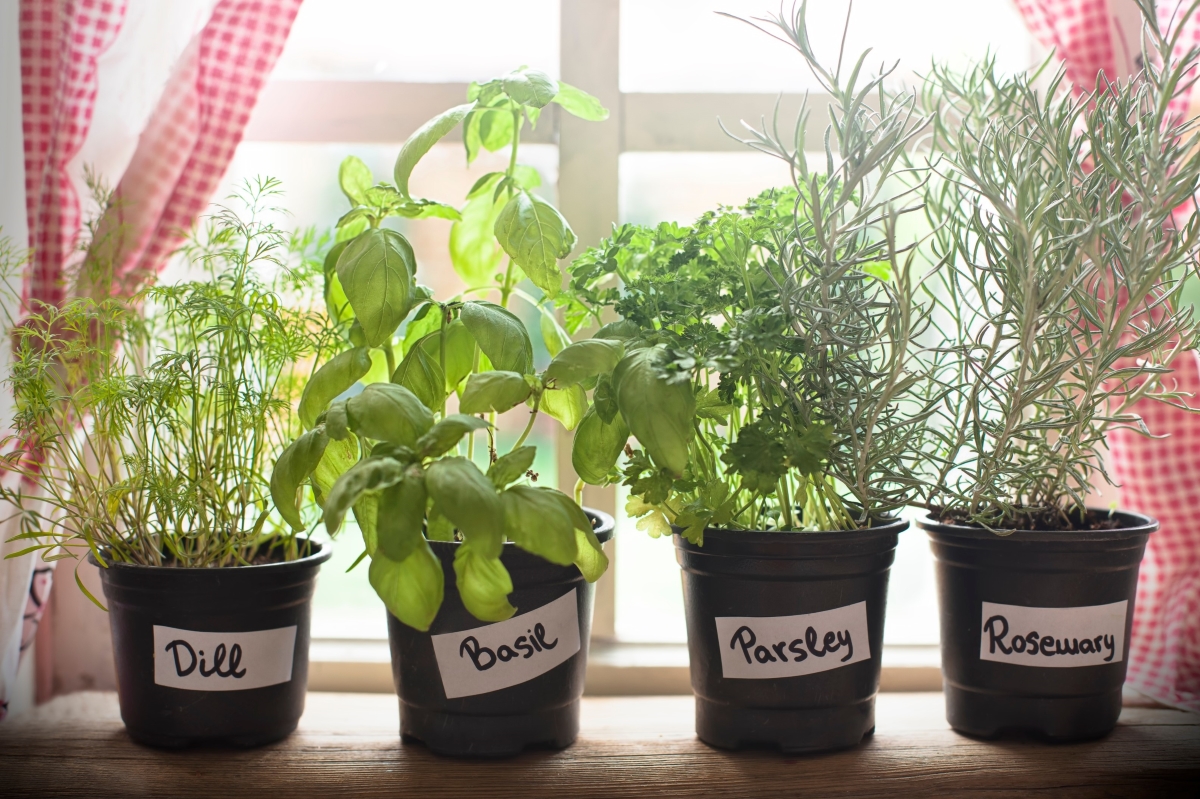
Creating the right environment for your herbs is key to ensuring they thrive. Here’s a step-by-step guide to getting your indoor herb garden started:
1. Find the Perfect Location
- Light: Herbs need sunlight to grow; most will thrive with 6-8 hours of sunlight daily. Place your herbs near a sunny window, preferably one that faces south or west. You can use grow lights if you don’t have enough natural light.
- Temperature: Herbs prefer a consistent temperature of 60-70°F (15-21°C). Avoid placing them near drafts or heat sources like radiators.
2. Choose the Right Containers
- Pots with Drainage: Ensure your pots have drainage holes at the bottom. Herbs don’t like sitting in waterlogged soil, so good drainage is essential.
- Size: Choose pots at least 6-12 inches deep to allow the roots to grow. You can start with smaller pots and repot the herbs as they grow.
- Style: Terracotta pots are classic, but plastic or ceramic containers work well too. Choose pots that suit your home decor and make your herb garden a beautiful part of your space.
3. Use Quality Potting Soil
Herbs do best in well-draining potting soil. Look for a high-quality potting mix designed for indoor plants. You can also add a little perlite or sand to improve drainage.
Planting and Caring for Your Herbs

Once you’ve selected your herbs and set up your containers, it’s time to plant them. Follow these simple steps:
1. Planting Your Herbs
- If starting from seed, plant them according to the packet instructions. Most seeds should be planted about ¼ inch deep in the soil. Keep the soil moist but not soaked until the seeds germinate, which usually takes 1-2 weeks.
- If using herb cuttings or small plants from a garden center, gently remove them from their nursery pots, loosen the roots, and place them in your prepared containers. Fill the pot with soil, leaving about 1 inch of space at the top.
2. Watering
- Herbs like moist soil, but overwatering can lead to root rot. Water your herbs when the top inch of soil feels dry. A good rule of thumb is to water thoroughly but less frequently. Be sure to empty any excess water from saucers beneath the pots.
- Different herbs have different water needs. For example, mint and basil like more water, while rosemary and thyme prefer drier conditions.
3. Fertilizing
- Indoor herbs benefit from occasional feeding. To give your herbs a boost of nutrients, use a balanced liquid fertilizer every 4-6 weeks. Follow the instructions on the fertilizer packaging, and avoid over-fertilizing, as this can lead to weak growth.
Pruning and Harvesting Tips
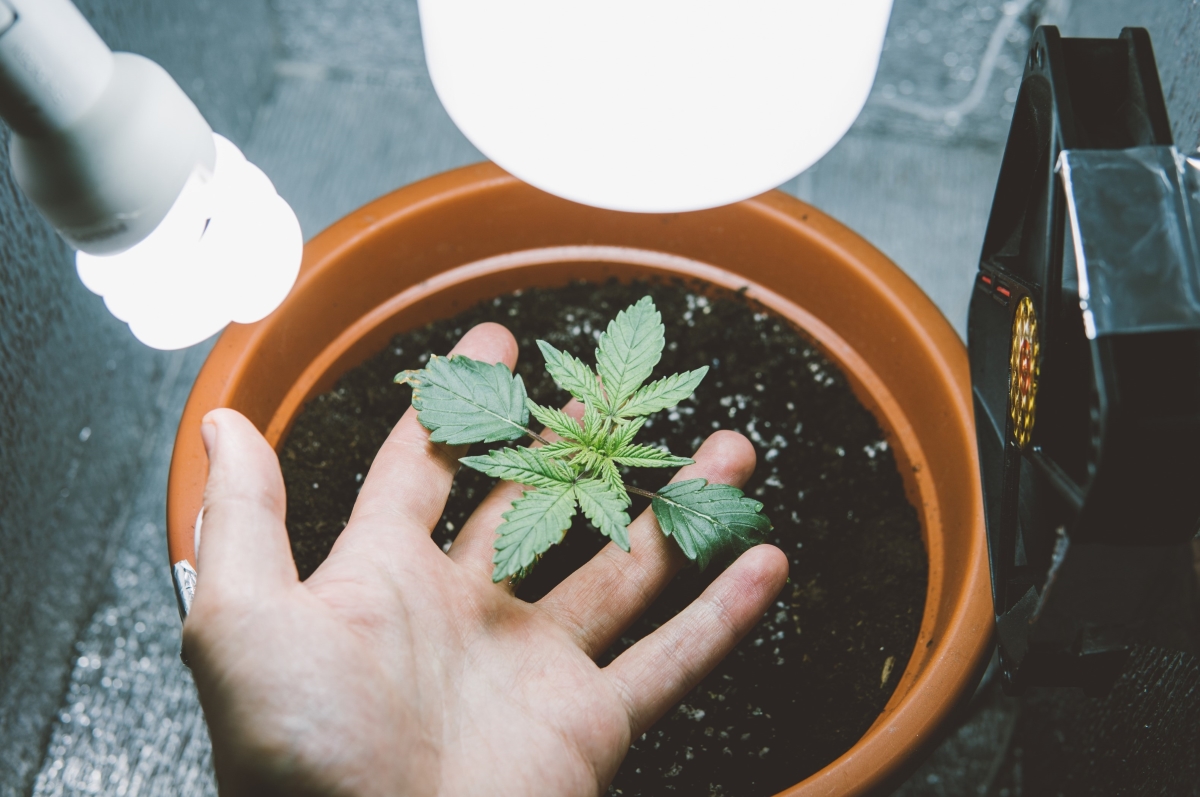
Pruning your herbs regularly encourages them to grow bushier and healthier. Here’s how to do it:
1. Pruning
- As your herbs grow, pinch off the tops to promote bushy growth. You can start trimming the leaves when your herbs reach about 6 inches tall. Always use clean scissors or shears to avoid damaging the plant.
- Remove any flowers that start to grow for herbs like basil and mint. This helps keep the plant focused on producing leaves rather than flowers, which can cause the herb to lose flavor.
2. Harvesting
- Harvest your herbs frequently to encourage continuous growth. Avoid cutting more than a third of the plant at a time when picking leaves to prevent stress.
- Always harvest from the top of the plant, and leave at least two-thirds of the leaves intact so the herb can continue growing.
Creative Uses for Your Home-Grown Herbs
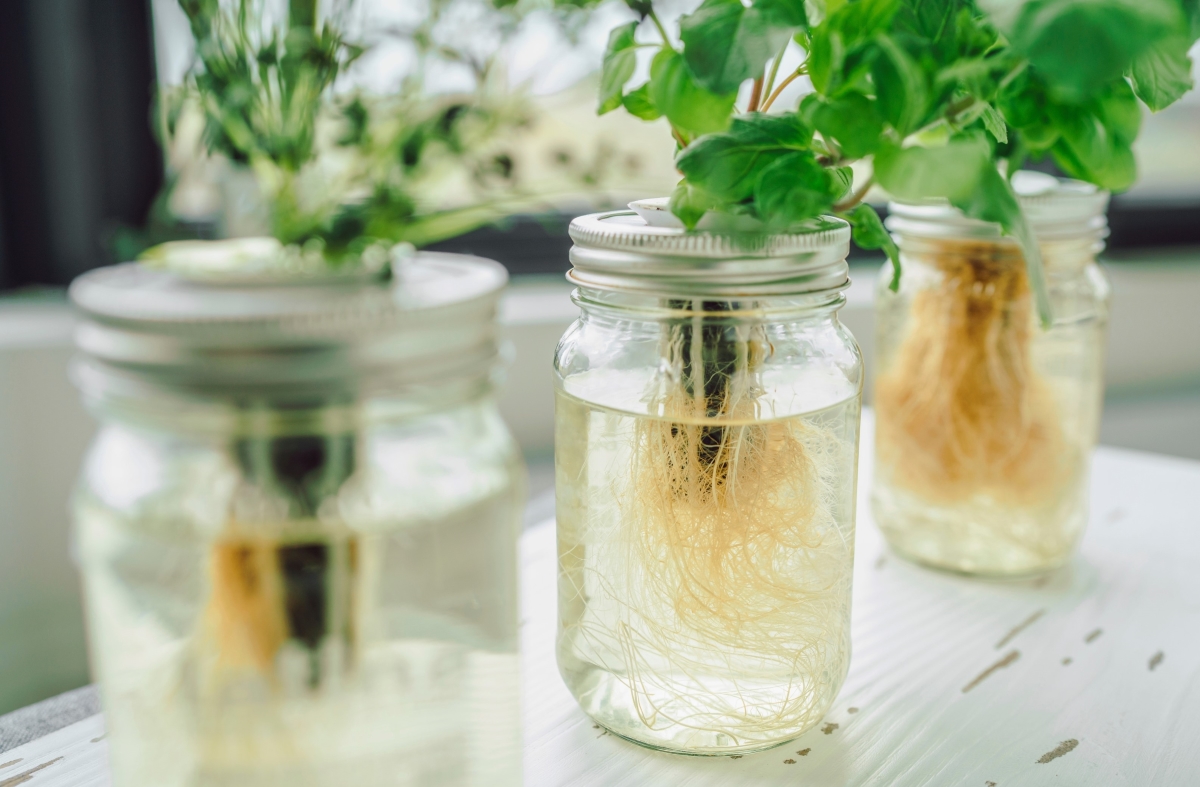
Now that your herbs are growing, you’ll want to use them in your cooking. Here are a few ideas for how you can make the most of your fresh herbs:
- Infuse Oils and Vinegar: For flavorful infusions, add sprigs of rosemary, thyme, or basil to olive oil or vinegar.
- Herb Butter: Blend softened butter with chopped herbs like parsley, thyme, and chives to create a delicious bread or grilled meat spread.
- Herb Teas: Brew mint, lemon balm, or rosemary leaves in hot water for soothing herbal teas.
- Season Dishes: Add freshly chopped herbs to soups, stews, salads, and pasta dishes for a burst of fresh flavor.
Troubleshooting Common Issues

Even with the best care, indoor herbs can face a few challenges. Here’s how to handle some common issues:
- Yellowing Leaves: This often indicates overwatering. Let the soil dry out before watering again.
- Wilting: Wilting may be caused by either underwatering or overwatering. Check the soil moisture and adjust your watering schedule accordingly.
- Pests: Indoor plants can attract pests like aphids or spider mites. Wipe down the leaves with a damp cloth or use an insecticidal soap to control infestations.
Conclusion: Enjoy Your Indoor Herb Garden
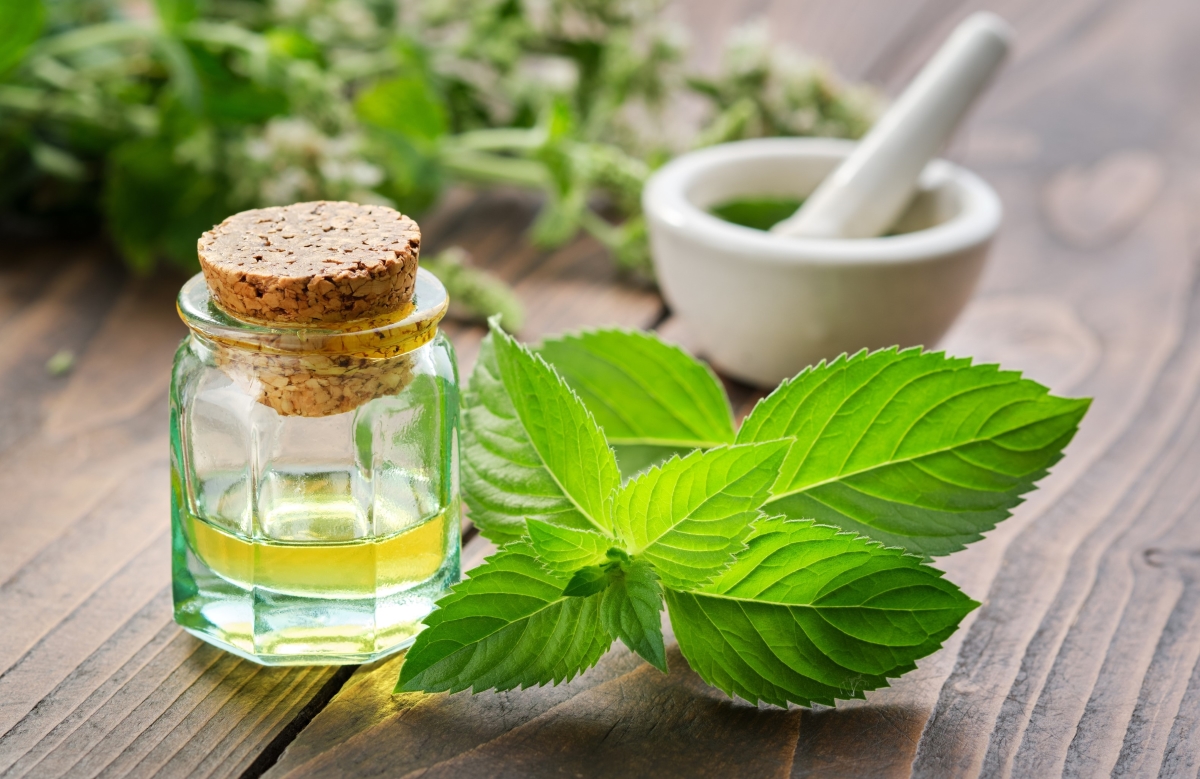
Growing your herbs indoors is a fun and fulfilling activity that offers a steady supply of fresh, flavorful ingredients. Whether you’re using them to enhance your favorite dishes or simply enjoying the beauty of nature in your home, an indoor herb garden can brighten your life.
So, grab a few pots, pick your favorite herbs, and start planting. You’ll love watching your herbs grow and thrive, and the satisfaction of using home-grown ingredients is truly rewarding!


